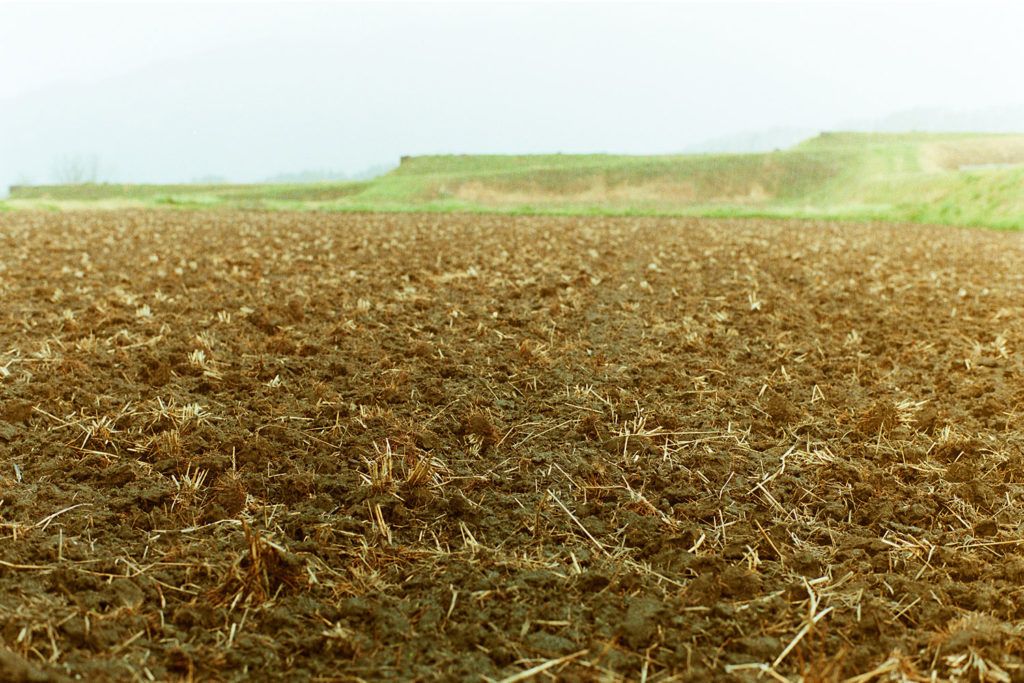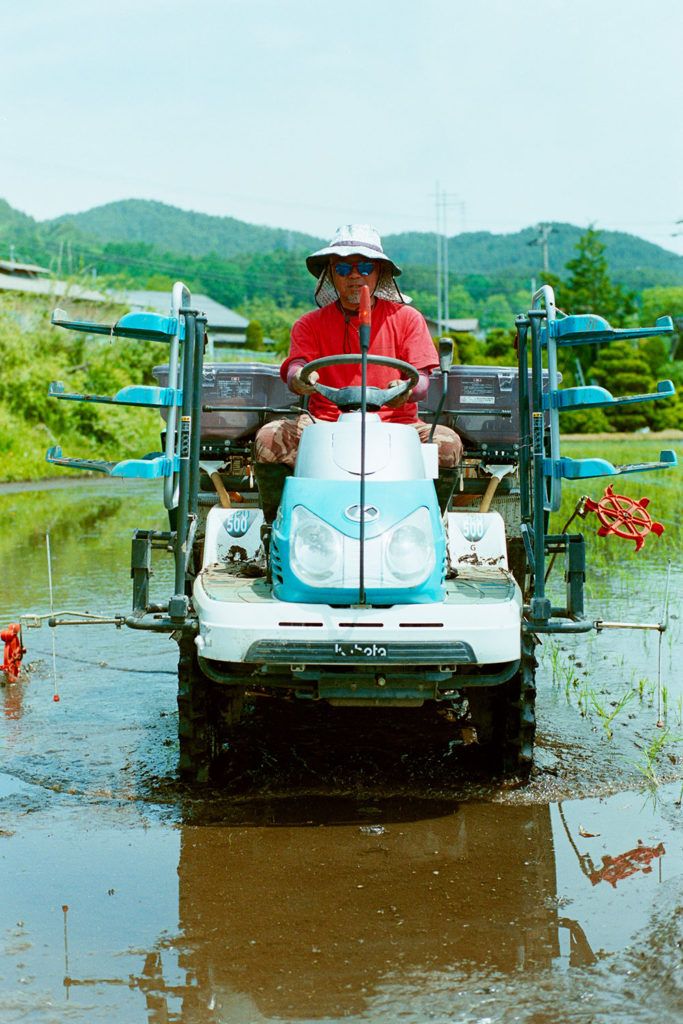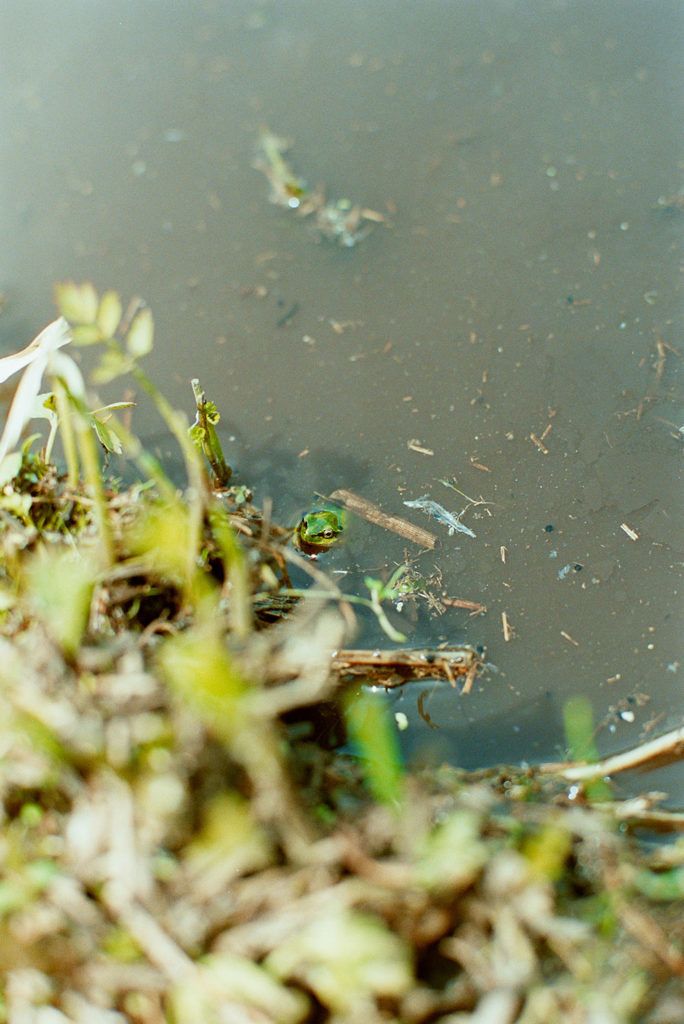In Japan, the seasons and spirituality speak through rice fields.
Words by Jessica Thompson
Images by Daisuke Takashige
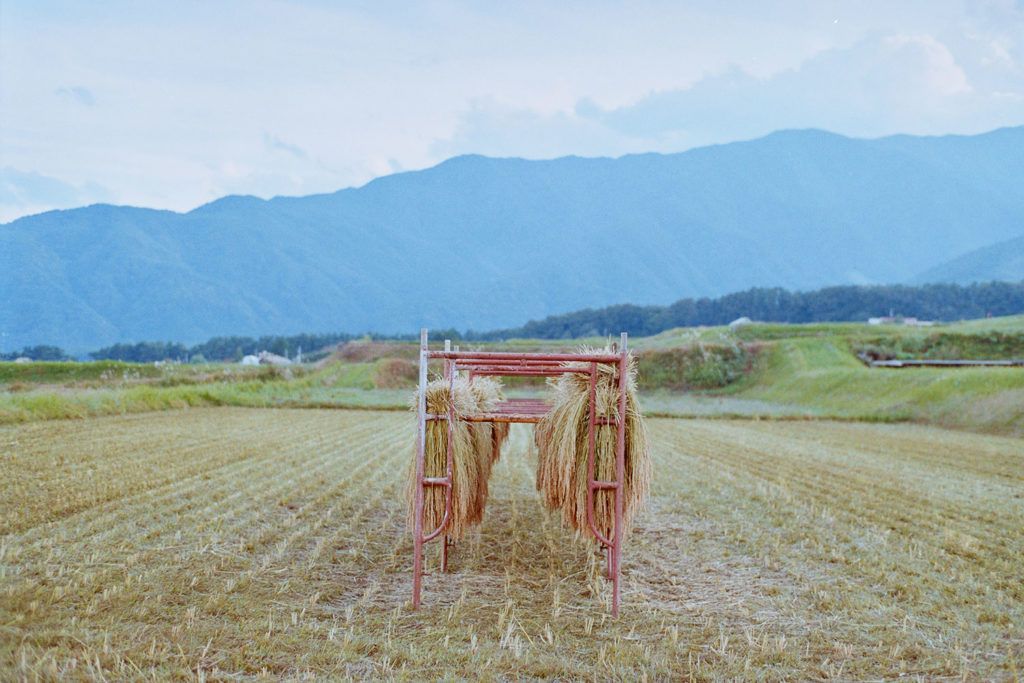
Driving through Japan in September and October, you’ll find the landscape a patchwork of golden rice fields, the rice plants dripping with panicles of plump, fawn-colored grains. Their tendrils sway and light green leaves flutter in the breeze; their ripeness fills the air with a sweet, straw-like smell and a sense of anticipation: harvest season for farmers, shinmai (‘shin’ meaning new, ‘mai‘ meaning rice) season for consumers.
“When you hear about the new rice harvest, these emotions cannot be expressed in a single word. It’s radiant feeling… like happiness, peace of mind, calmness, and joy.”
- Daisuke Takashige
Cereals are a staple in just about every food culture on earth: the maize of Mexico, wheat of Australia, teff of Ethiopia. For Japan, like many Asian countries, it’s rice. In Japan, rice cultivation dates back to the Yayoi Period (300 BC to 250 AD), the time the grain came across from China. So integral is rice to Japanese cuisine that the foundation of a meal – ichiju sansai (one soup, three side dishes) doesn’t even mention it – it’s tacitly implied. Words for ‘meal’ – ‘gohan‘ and ‘meshi’, are also words for rice.

Although rice consumption may have halved since the 1960s with the availability of other starches like bread and pasta, rice continues to have a cultural and spiritual stronghold in Japan, punctuating the year with festivals and shaping daily life more than any other ingredient.
The corpus of rice-related vocabulary reflects this: kome (okome, honorific) is plain uncooked rice, genmai is brown rice, is sakamai is rice for sake, beisaku is a rice crop, kodaimai is ancient rice, gaimai is foreign rice, beika is the price of rice.
Shinmai, officially, is rice that is harvested, processed, and packaged for sale before 31st December of that year. In Okinawa, the season can start as early as July, but in the predominant rice-producing regions of Honshu and Hokkaido, it’s from late August-October.
Shinmai is called so to distinguish it from rice harvested the previous season, as there are characteristic differences: new rice is more sticky, white, and glossy, with 3-20% more water content. To cook, it requires less water; when eating, it’s more plump, moist, and aromatic. Eating shinmai is a treasured and celebrated time in the calendar.
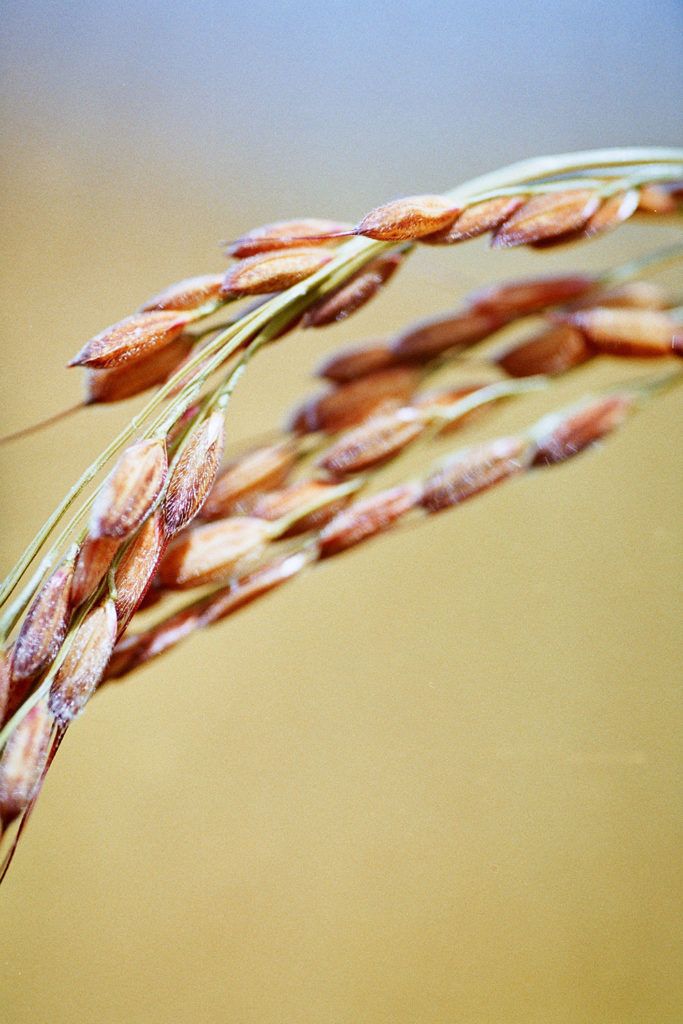

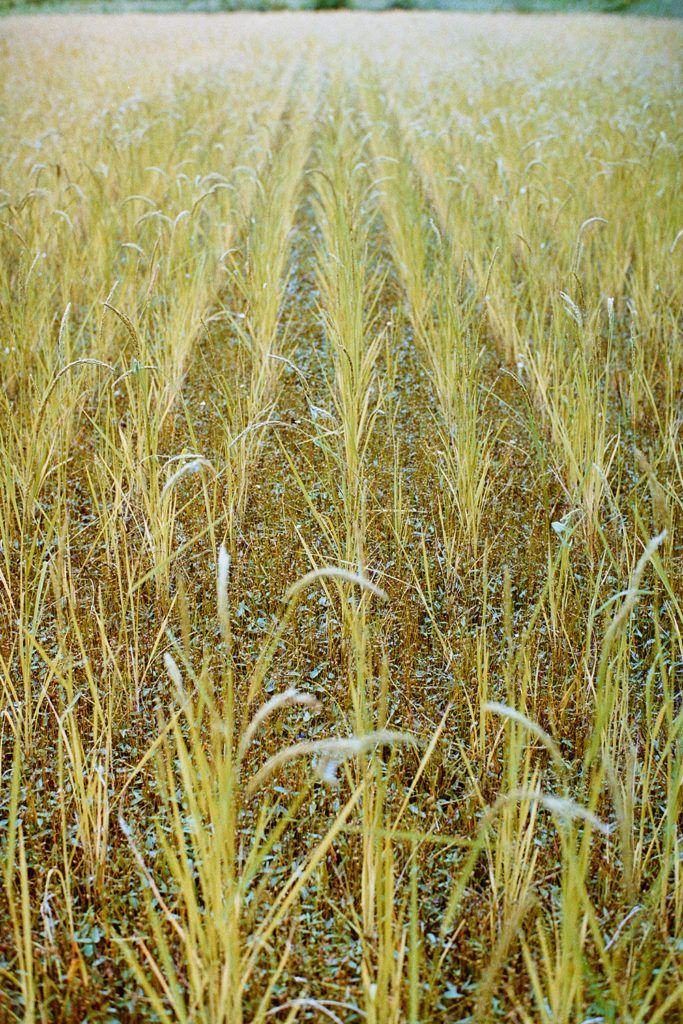
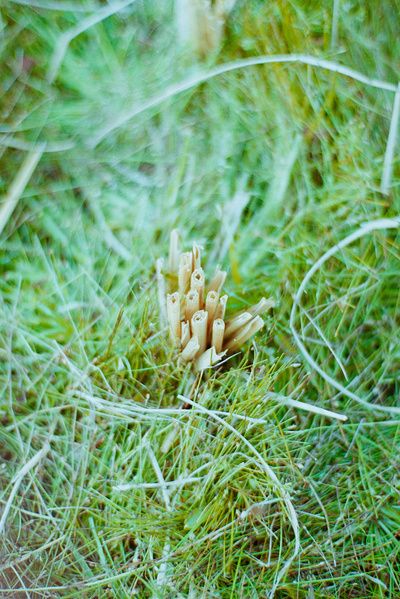
Over time, the moisture evaporates, and oxidation occurs – just how much depends on exposure to air and warm temperatures. Some growers recommend storing rice in the refrigerator during summer.
That’s not to say that old rice is subpar, it has its own charm and appeal. Sushi chefs are said to prefer old rice – or use a blend of old and new – because the grains absorb vinegar better. In Middle Ages Japan, the price of old rice was indeed higher than new rice. The lower level of moisture in old rice means the grains swell 20-30% more than new rice when cooked, producing a larger volume of cooked rice; in those days, a full stomach was more important than taste alone.


The Shinto gods of harvest are believed to live in the mountains during winter. In spring, they descend to preside over crops.
The collaborative accomplishments of the deities, nature, and farmers are celebrated during shinmai season, with community festivals and rituals, some dating back to the 7th century. Local communities host shinmai celebrations with rice-cooking workshops, mochi making, and dishes celebrating the flavor of fresh rice.
One of the largest, oldest official harvest festivals is on 23rd November, with events held at shrines across the country. Now a public holiday known as ‘Labor Thanksgiving Day,’ the day was originally called Niinamesai, and was the day of gratitude for the harvest season to deities and those involved in the hard work of production.
The event is one of the most significant in the Imperial court’s calendar. The first strands of rice are offered to the mighty Sun Goddess Amaterasu and other gods and goddesses, after which the Emperor eats the first rice to give blessings for those who made the rice possible. The emperor also offers new rice as well as black sake (kuroki) and white sake (shiroki) to Amaterasu. Shiroki is unrefined sake made from the newly harvested rice. Kuroki is a mixture of shiroki and ash from charred kusagi (Harlequin Glorybower) root, although was once made from black rice.
Traditionally, only after the deities had been thanked, and the first taste of new rice experienced by the deities as well as the Emperor, that the less-divine could eat the year’s new rice. These days, the first shinmai tasting by the public doesn’t follow this ritual for various reasons. One is the advancements in harvesting. Rice harvesting used to be much more manual and labor-intensive, taking around a month to sun-dry, and then each grain was hand-picked by hand from the ears of rice – it took around two months from harvesting in September to completing the process in November. Another is the disconnection between the day and its traditional rituals: in 1948, in accordance with the American occupation, General Douglas MacArthur abolished all holidays based on traditional Shinto myths, rituals, and ceremonies, and renamed the occasion Labor Thanksgiving Day.
But, at the end of the harvest season each year, the gods return to the mountains, before being welcomed back the following spring for planting season.
